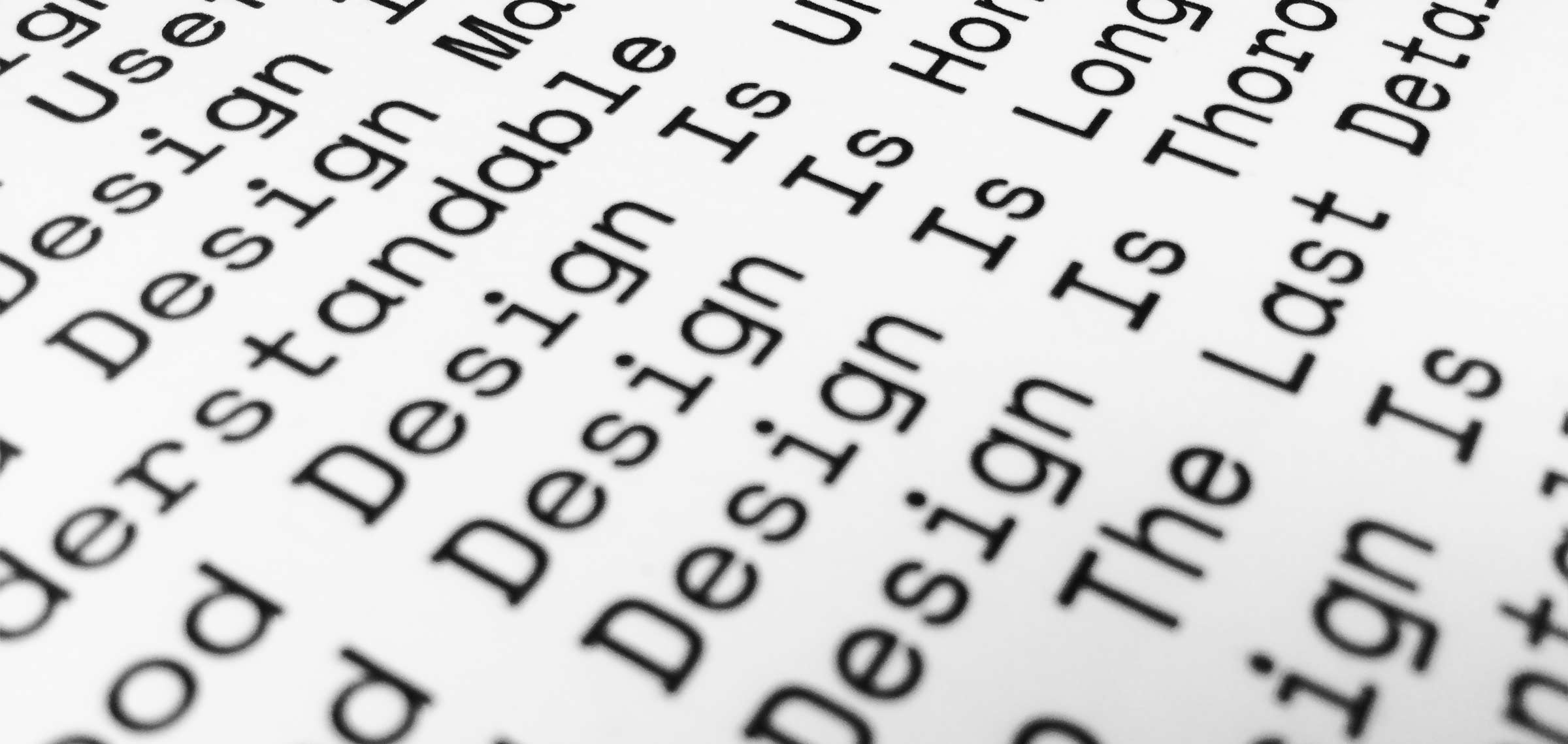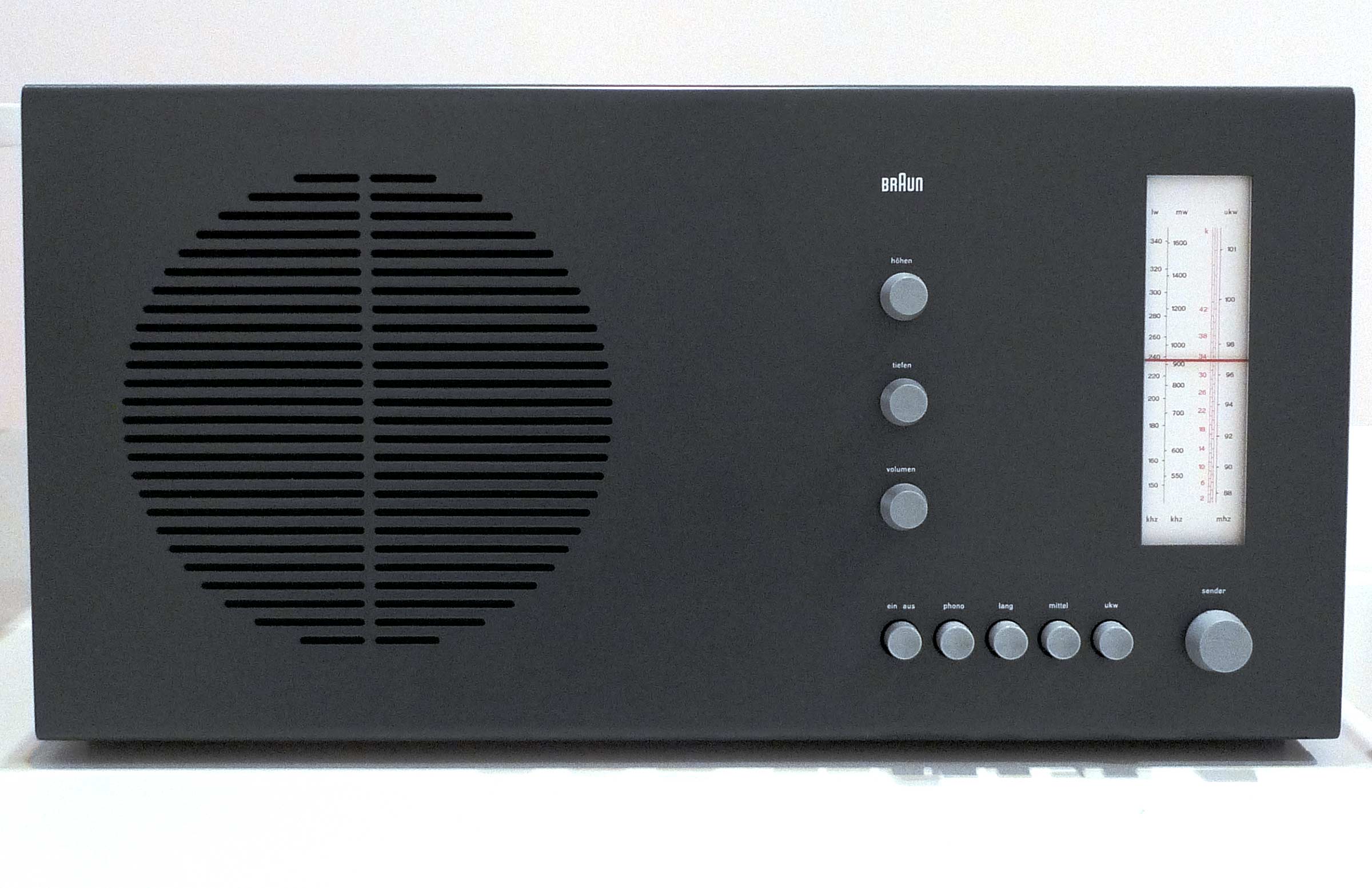
What is Design?
Introduction
From the moment you wake up, you are interacting with design. Everything in the home, place of work, and journey to and from has been influenced by a designer of some kind. The degree of care for each designed artifact or system can vary dramatically causing you to experience delight, dismay, and everything in between. As design moved out of the studio and into the boardroom, the design field has grown larger in scope, and has become a tool for civic engagement and change. For this reason, a variety of ideas about what design is, how you do it, and what makes it good have emerged. I've located a few descriptions for us to compare.
In the book, Design for the Real World, Human Ecology and Social Change, Victor Papanek writes a rather broad definition of design: "Design is the conscious and intuitive effort to impose meaningful order." We get another, even more broad definition from Robert Grudin's book, Design and Truth: "The primary function of design is to shape and channel energy."
I think we can go even broader. I will now attempt to define the broadest definitions of design possible with the English language. At the broadest sense of design as a verb, design is the act of creating or making a choice. In the broadest sense of design as a noun, design is the result of a choice or series of choices.
All of these definitions are better understood after you have been doing design for a long time and are perhaps less useful when trying to learn how to do it. Therefore, for the purposes of teaching a person how to do design, we can consider this the working definition — design is the process that helps a person or group create, select, modify, and organize elements to satisfy an intended outcome. When paired with a given field of study, we can narrow the kinds of choices a designer will have to make, and subsequently better understand the scope of their thinking. As helpful as definitions are, the downside is that they begin to silo the field. The act of siloing study into fields is a kind of violence towards design – forcing designers to ignore the forces and systems with which it aught to be concerned. With that warning out of the way, let's take a look at some lists that might give us some insight to what good design is.
Good design in list form
Famed industrial designer, Dieter Rams, has written a rather popular list of what makes for good product design, aptly called "Ten principles for good design." [1] It follows:
- Good design is innovative
- Good design makes a product useful
- Good design is aesthetic
- Good design makes a product understandable
- Good design is unobtrusive
- Good design is honest
- Good design is long lasting
- Good design is thorough down to the last detail
- Good design is environmentally friendly
- Good design is as little design as possible

Braun RT 20 Radio designed by Dieter Rams in 1961. Image by Nick Wade.[2]
On page 29 in Design and Truth, Robert Grudin assembles a slightly longer list:
- Good design is in accord with nature and human nature
- Good design is in harmony with its immediate surroundings
- Good design converses with contingent technologies
- Good design helps to develop skill and/or imparts knowledge
- Good design extends a user's sensibilities and freedom
- Good design projects simplicity
- Good design minimizes difficulties and dangers
- Good design conveys a sense of beauty
- Good design gives pleasure to use
- Good design is not unreasonably expensive
- Good design is sustainable
- Good design allows a user to perform optimally in engaging reality
- Good design can be delivered, installed, and repaired conveniently
While inspiring, these lists do little to explain the process behind good design work. A design studio called Intrastructures has written a list that explains what actions of design means to them, and the approaches that drive their design process. From their website [3], "We define design as...
- Dissecting ubiquity. Remaining curious to the obvious
- Managing complexity. Mapping our contemporary infrastructure in order to reveal opportunities
- Introducing proposition. Changing from within rather than shouting from the outside
- Abandoning the individual. Sharing our mind, sketchbooks and hard drives
- Spreading enthusiasm. Not fearing radical optimism
- Bridging disciplines. Widening the scope of design by integrating complementary perspectives
- Embracing diversity. Accepting different solutions in order to distill wisdom from their shared mindset
- Materializing opportunity. Condensing wild ideas into applicable products, tools and models
- Responding to challenge. Acting by both thinking and doing"
These lists were not meant to be hard rules that apply to everything, but they can be helpful guidelines and mission statements when making or evaluating design.
Understanding design, art, and media
Eduardo Navas is an artist and art historian whose research centers around media production and remix theory. He describes the contemporary role of media design for digital studio art practices:
“‘Media Design’ in particular, is an interdisciplinary practice in the visual and fine arts because historically, as the term currently functions derives from new media, which in the 90s and early 2000s made possible cross-disciplinary experimentation across art and design. The terms new media art and new media design were sometimes interchangeable in casual language by practitioners who crossed over art and commercial design practice as freelancers and artists. Out of this evolution the term media design connotes something quite different from graphic design as it is commonly understood in terms of careers and professions.
[...] the concept of design is not exclusive to a monolithic field. When it is by itself, it connotes abstract creative processes and methods that can be part of any type of material production–the most common one historically has been art itself. This began to change as we know in the twentieth century after the Bauhaus developed more specific approaches to art and design as specific creative concepts that for them were closely intertwined. The term design when combined with another term, such as the ones mentioned above, today functions as a very important concept to be used to describe interdisciplinarity within specializations that are by no means insulated, and are constantly influencing each other.”
Citations
- https://www.vitsoe.com/us/about/good-design (Commons CC-BY-NC-ND 4.0)
- Wade, Nick. Braun RT 40 Radio by Dieter Rams. https://www.flickr.com/photos/nickwade/4123875041
- http://www.intrastructures.net/Intrastructures/About_-_how_we_define_design..html